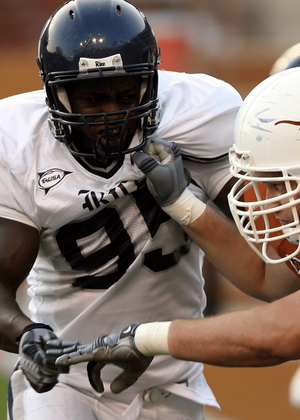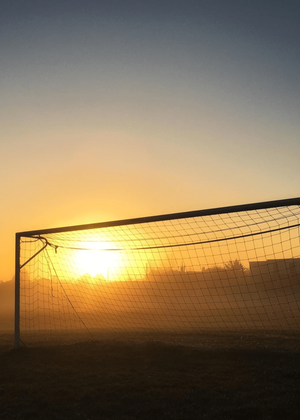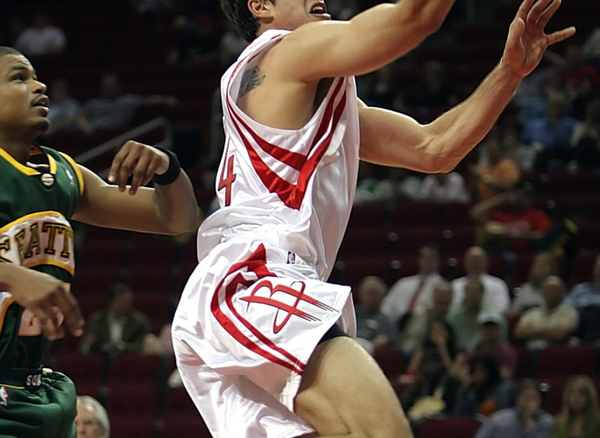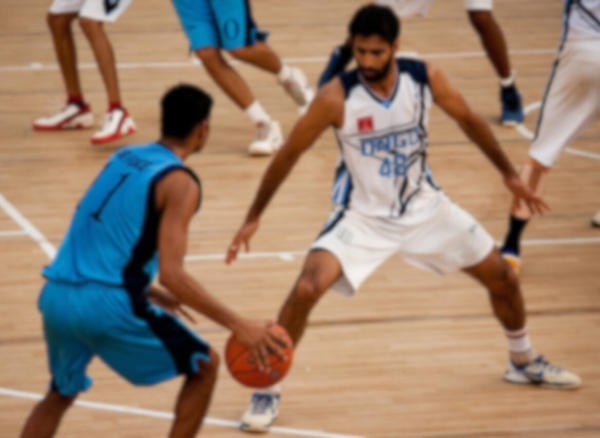Basketball is a game of skill, speed, and strategy. It is a sport that is loved by millions of fans around the world. One of the essential skills in basketball is dribbling. Dribbling is the act of bouncing the ball with one hand while moving around the court. However, there is one dribbling infraction that is often misunderstood, and that is carrying or palming. We will discuss what carrying in basketball means.
When a ball handler dribbles, there are specific rules that must be followed. If the player dribbles, pauses, and resumes dribbling, it can lead to a violation called carrying the ball.
The main issue with carrying is that it gives the dribbler an unfair advantage over their defender. The carrying player can use that extra pause; to fake the defender or even change direction without releasing the ball.
With a carry, your team loses possession of the ball to the opposing team. Many players carry the ball without getting caught by referees.
Referee’s Role
It is up to referees to call carries during games. They are responsible to spot carries, including looking out for players who are holding onto the ball for too long. The referee has full discretion when calling carries.
Many basketball greats have employed carry moves such as palming in their play, which made them extremely successful in their careers. However, the rules on carrying have become stricter over time, hampering those brave enough to use these celebrated, albeit questionable, basketball skills.
Carrying falls under the category of traveling in basketball, which means that the dribbler is moving too much before passing or shooting the ball.
In summary, the reason behind prohibiting carrying is that players, especially those who play the ball-holding positions, can use this move to take an unfair advantage of the game. Carrying the ball is an illegal move and can result in a turnover in basketball. However, basketball rules prohibit this move, making it a move that must be avoided.
How to Avoid Carrying in Basketball
Dribbling with fingertips lets the ball bounce naturally and helps maintain control.
Contrary to popular belief, carrying is not always an intentional action. Many players carry the ball without realizing it. They may slide their hand too far down the side of the ball, hold it too long, or stop bouncing it altogether. Once the player's hand is below the ball's plane of 90° and the required up and down motion of the ball significantly stops, then the referee can call it a carrying violation.
The best way to avoid carrying is to practice proper dribbling techniques:
- keep your hand on the top of the ball
- use your fingertips to control the ball's direction
- use your non-dribbling hand to protect the ball from defenders
- keep your head up while dribbling
- read the court and develop a good sense of court awareness to avoid getting trapped and committing a carrying violation
If you find yourself carrying the ball often, it's time to drill yourself further with more practice.
Carrying is a violation that can instantly change the game's momentum, so it's crucial to understand what it is and how to avoid it. Practicing proper dribbling techniques, enhancing your ball-handling abilities, and staying aware of your position on the court can help you avoid carrying violations. With persistence and effort, you can refine your ball-handling skills and become a more reliable player on the court. Anyone can become skilled at avoiding carries during game time!
Watch out for that Carry
Be sure to learn more from our other basketball articles:









